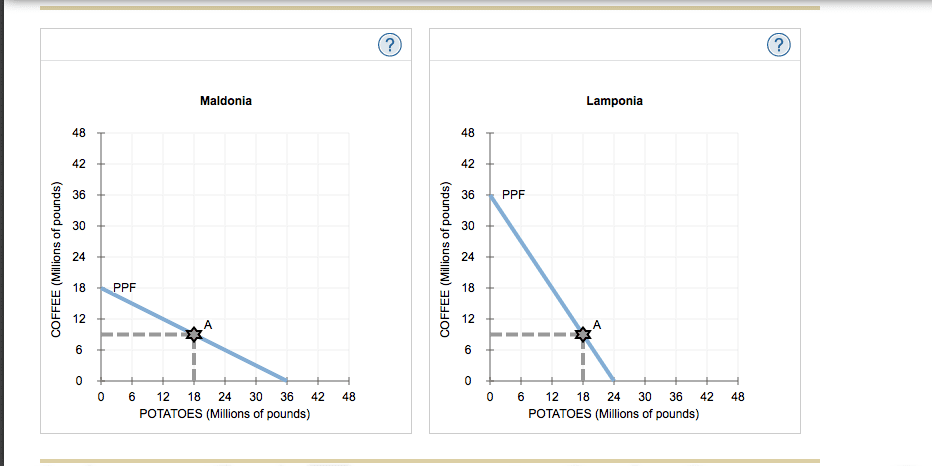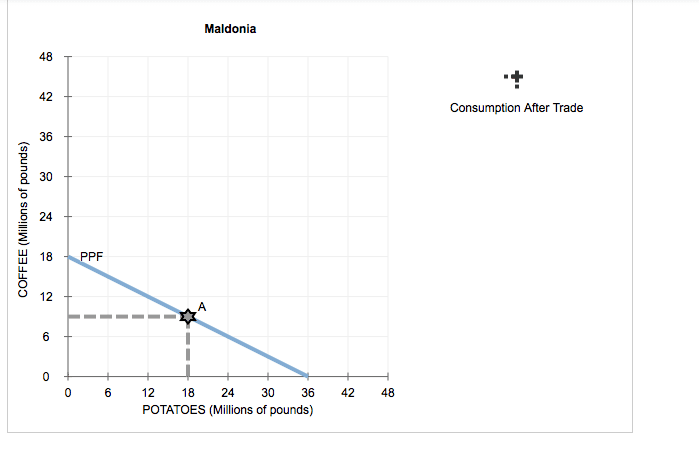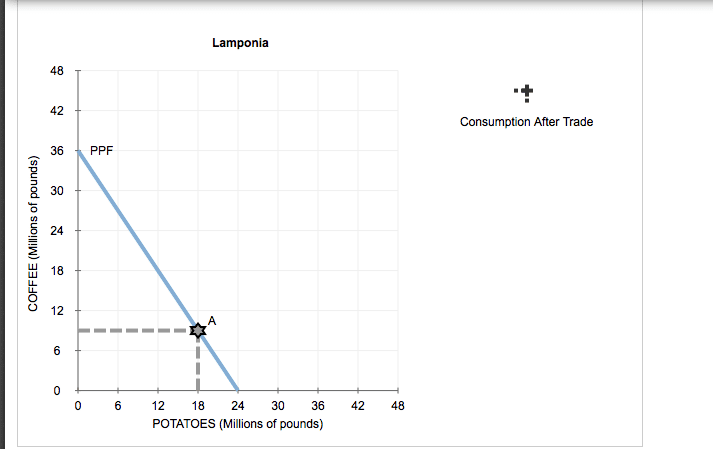aa666
1 Follower
0 Following
1 Helped
aa666Lv6
6 Feb 2023
Answer: concerned with the relationship between matter and energy
aa666Lv6
6 Feb 2023
Answer: economic cycle
aa666Lv6
6 Feb 2023
Answer:With AI there should be ethical values within the actual implementation...
aa666Lv6
6 Feb 2023
Answer: $50.78
aa666Lv6
6 Feb 2023
Answer:1/2mv^2
aa666Lv6
23 Sep 2022
Answer: That perfect competition is unattainable
aa666Lv6
23 Sep 2022
Answer: Marx focused on the exploitative nature of capitalism
aa666Lv6
23 Sep 2022
Answer: Transforming private assets into public assets. This will now allow th...
aa666Lv6
23 Sep 2022
Answer:to ensure we all have good jobs not bad jobs
aa666Lv6
23 Sep 2022
Answer: Answer choice c
aa666Lv6
5 Aug 2022
Answer:payroll taxes will increase. The net pay will stay the same or go down....
aa666Lv6
5 Aug 2022
Answer: Privacy rule
aa666Lv6
5 Aug 2022
Answer: The Brazilian consumer might have different expectations on the produc...
aa666Lv6
3 Aug 2022
Answer: C.
aa666Lv6
3 Aug 2022
Answer: 5.08%
aa666Lv6
29 Jul 2022
Answer: the advantages of simple payback is that it does not involve much comp...
aa666Lv6
29 Jul 2022
Answer: Long lifespan before decomposing, energy intensive fossil fuel product...
aa666Lv6
29 Jul 2022
Answer:within society we face the problem of scarcity. We have unlimited wants...
aa666Lv6
28 Jul 2022
Answer: There are 4 factors of production. 1. land- exist in nature 2. labor- ...
aa666Lv6
28 Jul 2022
Answer: D.
aa666Lv6
28 Jul 2022
Answer: If there are any political differences it will hinder progress in clim...
aa666Lv6
28 Jul 2022
Answer:a need is necessary for survival. A want is a desire to increase qualit...
aa666Lv6
28 Jul 2022
Answer:Devaluing the currency will help boost demand for their goods. This is ...
aa666Lv6
28 Jul 2022
Answer: $5 billion
aa666Lv6
26 Jul 2022
Answer: False


